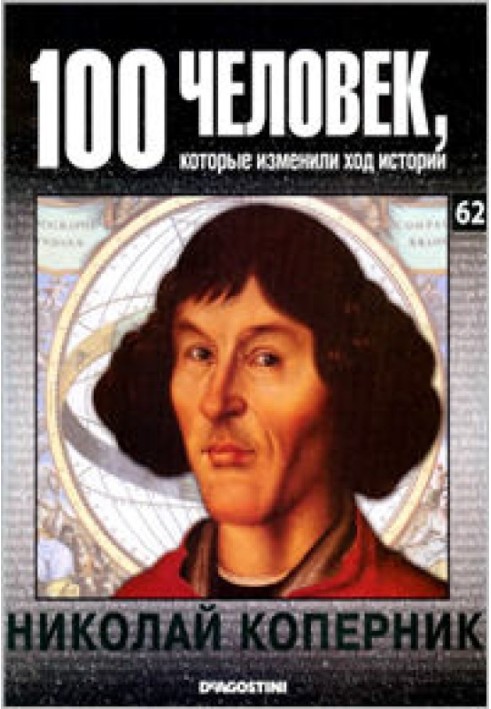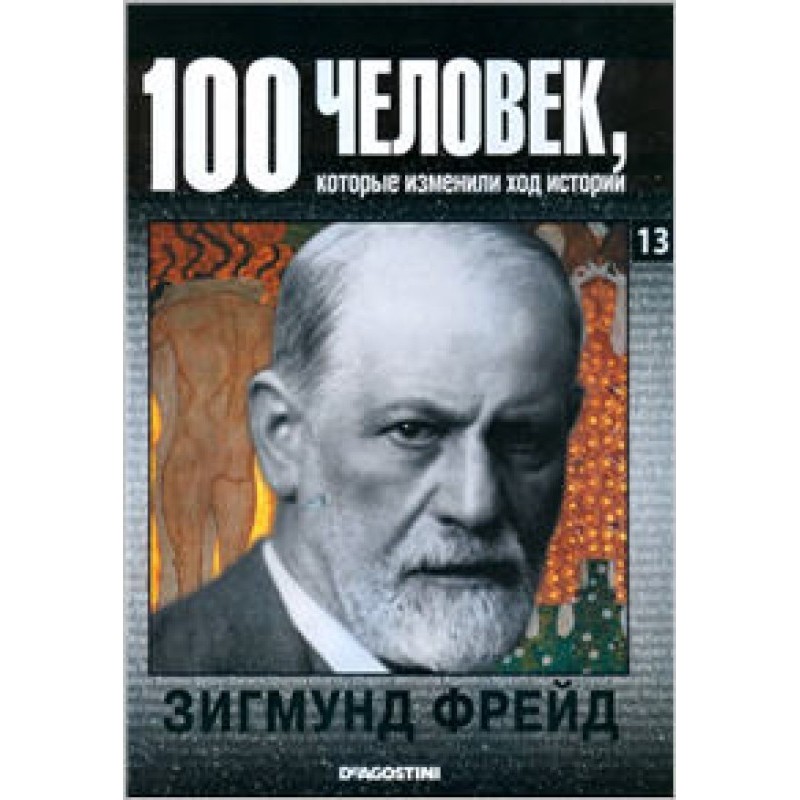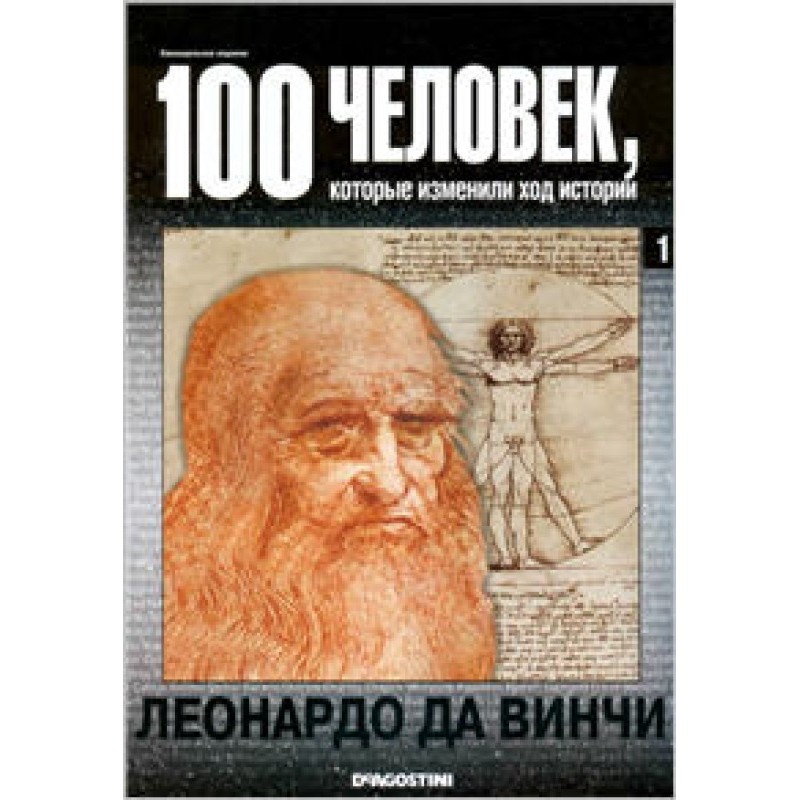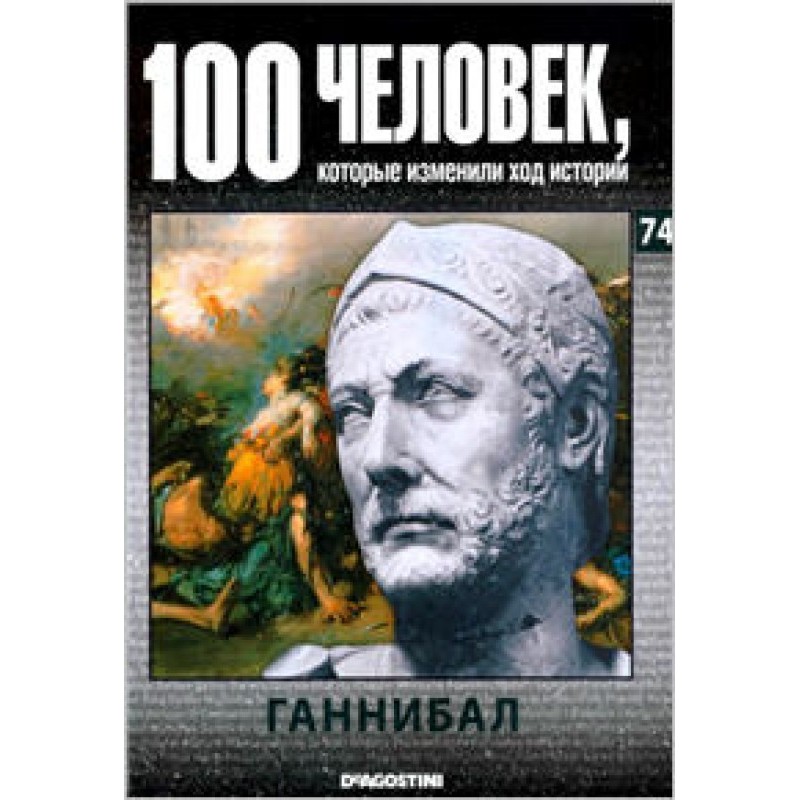Nicolaus Copernicus
 Instant download
Instant download
after payment (24/7)
 Wide range of formats
Wide range of formats
(for all gadgets)
 Full book
Full book
(including for Apple and Android)
The Renaissance gave Europe many scientific discoveries that turned upside down conventional ideas. One of them was the heliocentric theory proposed by the Polish astronomer Nicolaus Copernicus (1473-1543), which argued that the Earth revolves around the Sun, and not vice versa, as scientists have been accustomed to think since ancient times. Observing the movement of celestial bodies, Copernicus came to the conclusion that Ptolemy’s theory was incorrect. After thirty years of hard work, long observations and complex mathematical calculations, he convincingly proved that the Earth is only one of the planets and that all planets revolve around the Sun. True, Copernicus still believed that the stars are motionless and are located on the surface of a huge sphere, at a great distance from the Earth. This was due to the fact that at that time there were no such powerful telescopes with which one could observe the sky and stars. Having discovered that the Earth and the planets are satellites of the Sun, Nicolaus Copernicus was able to explain the apparent movement of the Sun across the sky, the strange entanglement in the movement of some planets, as well as the apparent rotation of the sky. The fate of the new hypothesis was not easy. The book On the Revolutions of the Celestial Spheres (1543) was a shock to astronomers of the 16th century. Many scientists who doubted the infallibility of Ptolemy's constructions were ready to accept Copernicus' theory. But, of course, the replacement of the old theory with a new one did not happen immediately. Not the entire scientific world accepted the heliocentric system - and not at all for ideological reasons. Of course, the sharply negative position of the Christian Church towards the teachings of Copernicus played a role. Initially, the church did not pay attention to the philosophical consequences of the very possibility of placing the Earth on a par with other planets, but in 1616 it corrected its “oversight” - by decree of the Inquisition, the book of Copernicus was included “pending correction” in the index of prohibited books and remained banned until 1828 of the year. The solitary life and later publication of the work saved Nicolaus Copernicus from the persecution to which his followers were subjected. Copernicus was a clergyman and a devout Catholic. Creating his model of the Universe, he sought not to come into conflict with the church, but to find a “golden mean” between faith and scientific truth: both were equally important for Copernicus. Nevertheless, the heliocentric theory proposed by Copernicus ultimately overturned the established ideas about the Universe and marked the beginning of the first scientific revolution.
Data sheet
- Name of the Author
- Анастасия Жаркова Евгеньевна
- Language
- Russian
Reviews
Вражаюча подорож у світ астрономії та історії науки!
Книга про Миколу Коперника - це не просто біографія видатного астронома, а справжній погляд на епоху Відродження, коли наука почала виходити з тіні релігійних догм і відкривати нові горизонти. Автор майстерно передає атмосферу тих часів, описуючи не лише наукові досягнення Коперника, але й його боротьбу з упередженнями та викликами, які ставила перед ним церква. Геліоцентрична теорія, яку він запропонував, стала справжнім революційним кроком у розумінні Всесвіту. Книга детально розкриває процес спостережень та математичних розрахунків, які Коперник здійснював, щоб довести свою теорію. Читач має можливість не лише дізнатися про наукові відкриття, але й відчути емоції та переживання людини, яка ризикувала своїм добробутом заради істини. Ця книга стане чудовим доповненням до бібліотеки кожного, хто цікавиться наукою, історією та філософією. Рекомендую всім, хто хоче зрозуміти, як одне відкриття може змінити хід історії!

























